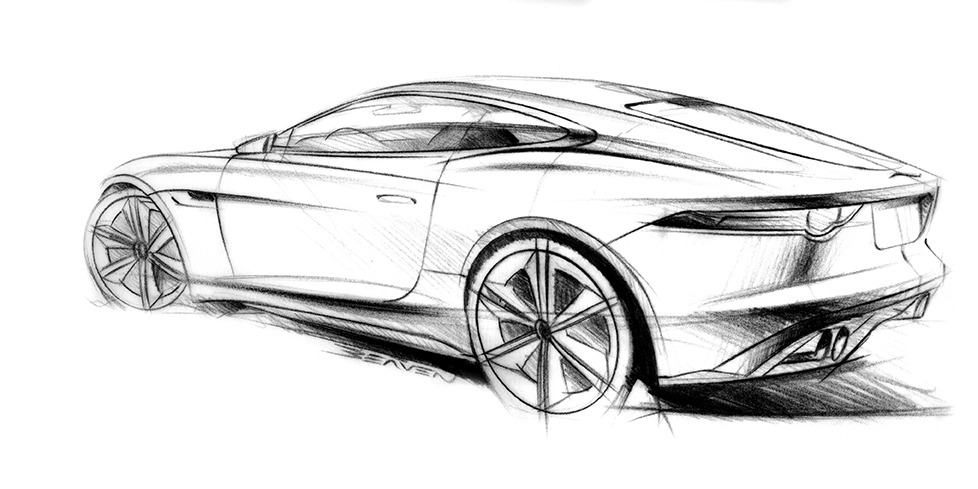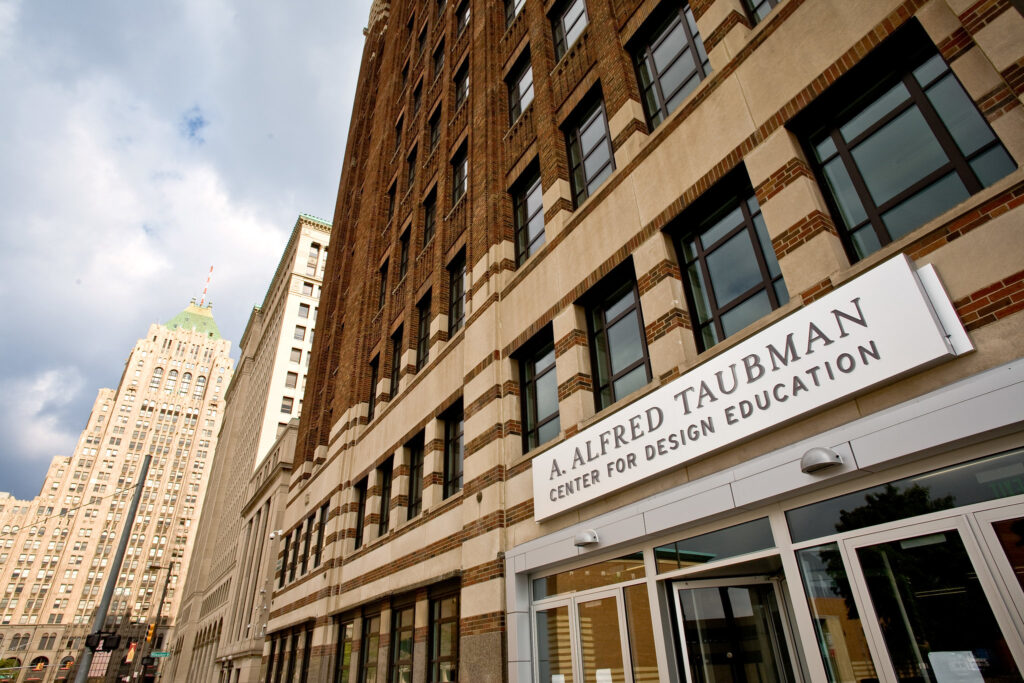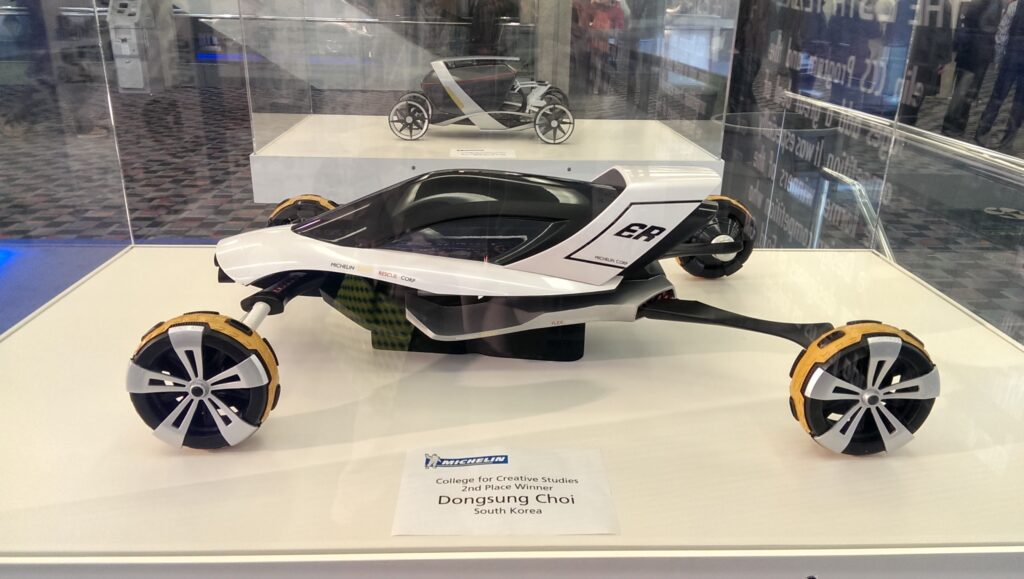
More than 15 years ago, an Autoweek article put the odds of being a car designer about the same as making it into the National Football League (the Premier League will work fine if you are not American). As a 21-year-old with no outstanding skills, that was my goal. Every year, hundreds of design graduates will try, as I have. As my former boss said, “it’s really heartbreaking to see so many graduates with the ‘green circle’ around their profile pictures”. How did we get to so many designers and so few opportunities? What can schools do? And most importantly, what can students do to improve their odds?
The Cost of Mainstream
Back when the dinosaurs roamed the earth, my own alma mater in Detroit was called the Center for Creative Studies (CCS). It was a school so specialized the credits earned there might not even transfer to another similar school, Art Center in California for example: I know because as a student I asked. All the CCS transportation design graduates (less than 20 a year at the time) had a reasonable shot at employment. Not long after my graduation and responding to an ever increasing and lucrative demand, CCS rebranded itself as it is known today, the College for Creative Studies. Think about it. You are parents paying the steep bills. Would you rather send your kid to some obscure glorified trade school or to a fully accredited university? When I taught in France years later, the Institut Supérieur de Design also felt the academic pressure to conform, as did many others. It all came at a cost. Some of the most foundational classes I ever took in industrial design were classes worth 1.5 credits. Now, these classes would have to change to three full credits, like at any other university. Those classes lost their focus or worse, disappeared. CCS exploded in size when it expanded into the massive Taubman Center, the old General Motors research facility. I taught part-time at CCS for a long time. My class rosters were getting longer every year and filling up with foreign students. And they came to compete. In summary, car design gains popularity, goes mainstream and global, foundational classes dwindle and the number of graduates goes up. Not good.

What To Teach
You can talk about artificial intelligence or computer aided graphics all you want. Learning how to draw is the foundation of any successful industrial design career. This is never going to change (yes, never). It is all about sketching and visual communication. Why? Students must develop an artistic sensitivity to understand design. It is all about lines, shapes, color, light, shadows, and proportions. Typing prompt lines or learning 3D CAD is not going to teach you any of this. Drawing is the only way to learn it all.
Schools should seek as much industry exposure as possible, collaborating with automotive design studios and suppliers to give their students real life experience. Industry sponsored projects are crucial because there is an entire car design process to discover. What students must understand is that car design is about solving problems, to understand the brief before proposing a visual solution. The hot sketch on Instagram only shows up when a new car is released. There is an entire department dedicated to its realization. Those design careers are very well paid and highly in demand: clay modellers, hard modellers, sketch modellers, CAS modellers, class A modellers, computational designers, visualization artists, movie makers, color and material designers and of course UX/UI designers.

The Talent Stack
You might make it as a hot shot designer, but you might not. The hard part for students is to have an honest understanding of their strengths and weaknesses. You know who the best sketch artist is in your class, and I quickly knew that it was not me. I had no interest in being average, so I had to find something else. You must stand out. How? First, if you are particularly good at sketching, consider pushing yourself to learn some 3D modelling or real time visualization. A student who can sketch has good odds of getting hired. One who can sketch equally but can model in 3D has the upper hand. That is the very foundation of your “talent stack”. Before his precipitous downfall, Scott Adams made a fantastic point. He was not the best at drawing or writing but he had some business skills. It all added up to the syndicated comic strip Dilbert. Imagine you are a color and material designer. You could add real time visualization, coding, and some artificial intelligence. That can lead you to some spectacular results. And he mentioned something near and dear to my heart: “if in doubt, add public speaking to your stack first.” Remember, your ideas are not going to sell themselves. You are going to put your sketches on the wall, and you will have to eloquently explain yourself. A lot.
Beating the odds
In the end I did not beat the odds. I gave CCS everything I had. I know I did because I ended up in the hospital twice from overdoing it. I was always fascinated by computer generated imagery, so it all worked itself out. So first and most important, if you want to give car design a shot, think about yourself first, in all seriousness. Take it from me, it is not worth risking your health over it. Second, I wish you the best of luck in all sincerity. It is as wonderful a business as it is tough to crack. Third, car design is glamorous so students will keep coming in ever increasing numbers. Schools do what they can, but understandably they need tuitions to pay their bills. You will get a good education at a design school, but regardless of where you go, it will be extremely far from being complete. It will be up to hustle and to complete the gaps in your education yourself. Stay curious and hungry, know that the competition is ruthless, and then create a talent stack unlike any other to stand out. One of the most successful people in the business gave you one of the best tips of them all: “keep your eyes wide open”.